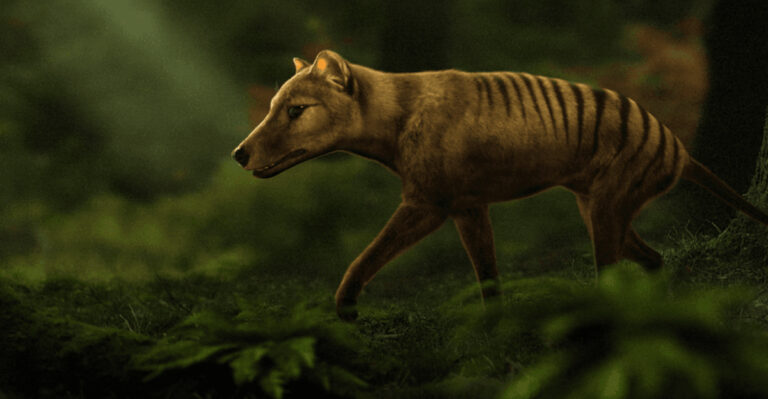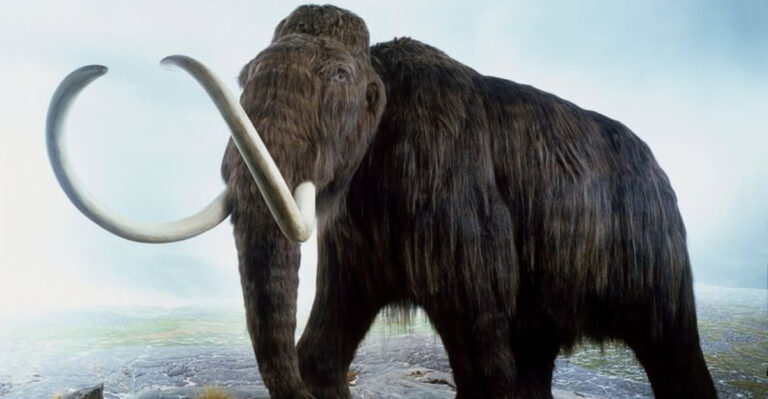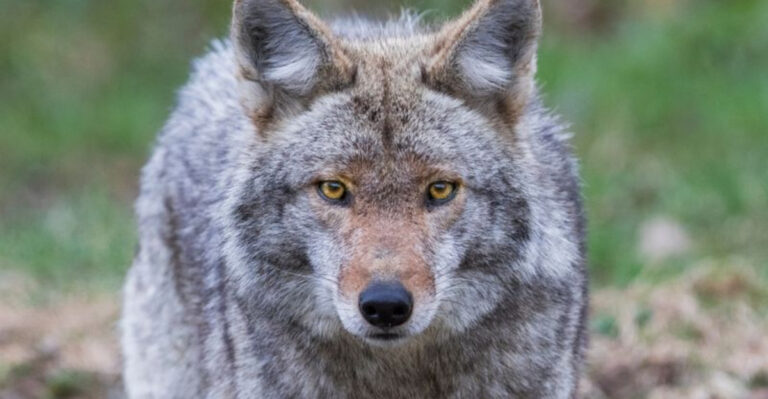10 Wild Cat Species That Are More Elusive Than Tigers
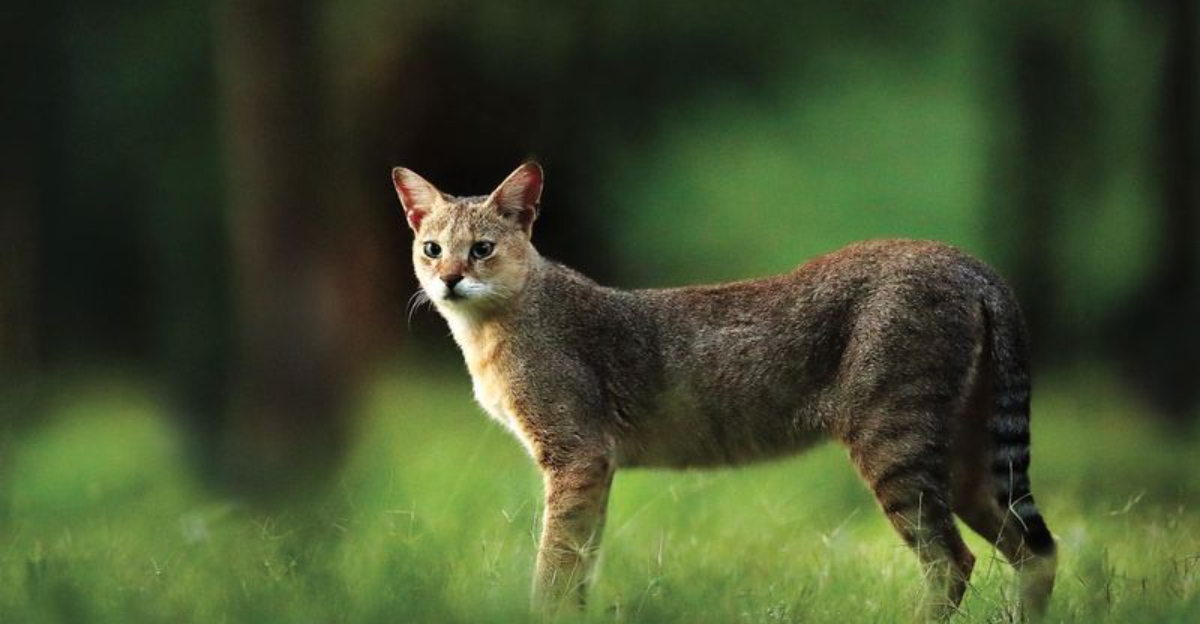
Prepare yourself to embark on a journey into the shadows of the wild, where only the keenest eyes and sharpest instincts prevail. While tigers often steal the limelight, there exists a realm of enigmatic feline wonders that slip through the fingers of even the most seasoned wildlife enthusiasts.
These elusive wild cat species, hidden in the world’s most remote corners, are nature’s most captivating secrets. Let’s unravel the mystery of these cryptic cats that out-sneak the majestic tiger.
1. Snow Leopard
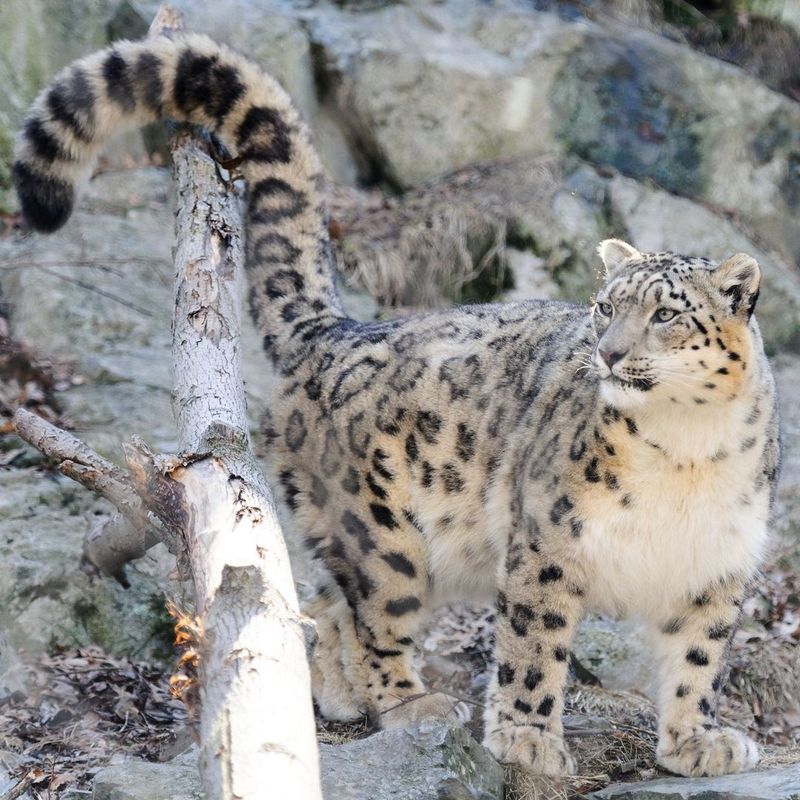
A ghost of the mountains, the snow leopard thrives in the frigid, dizzying heights of the Himalayas. With its thick, smoky-gray fur, dappled with black rosettes, it blends seamlessly into the snow-dusted cliffs it calls home. Its tail, long and bushy, acts as a balancing beam as it traverses perilous ledges.
Elusive by nature, this magnificent creature is rarely seen by human eyes, despite being a subject of much fascination. The snow leopard’s ability to silently navigate the rugged terrain makes it a true master of stealth.
Its diet primarily consists of blue sheep and ibex, but the scarcity of prey often pushes it into conflict with humans. Conservation efforts strive to protect this enigmatic cat from the brink of extinction, a challenging mission given its secretive lifestyle.
2. Iberian Lynx
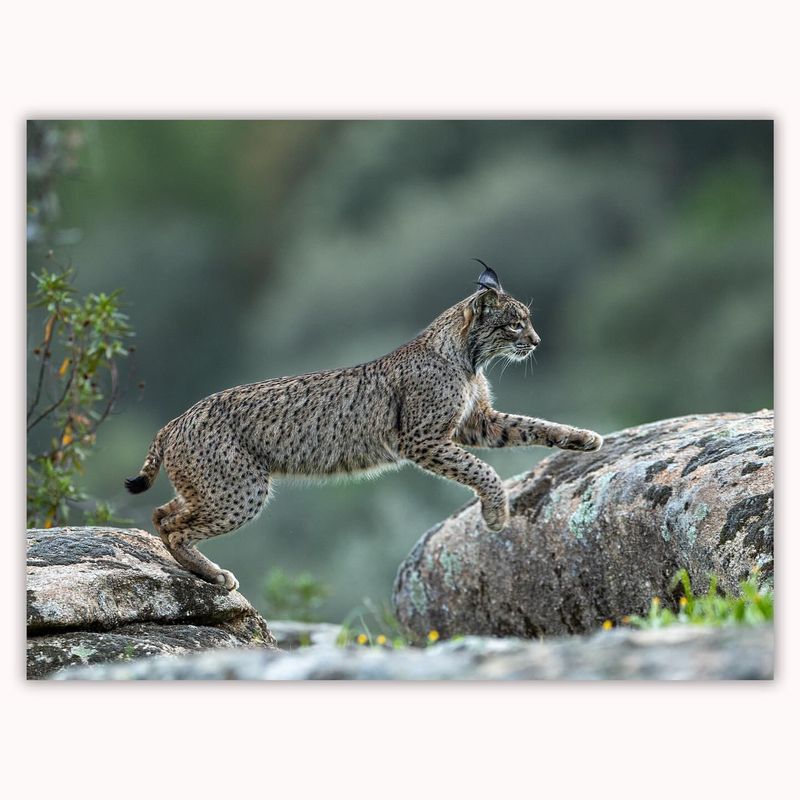
Among the rarest of wild cats, the Iberian lynx roams the forests and brushlands of the Iberian Peninsula. Sporting a distinctive beard and alluring tufted ears, it cuts a striking figure against the green canvas of its Mediterranean home.
This cat’s reclusive nature has rendered it a spectral figure in its native lands, with fewer than 500 individuals remaining. Conservation parks in Spain and Portugal are vital sanctuaries for these elusive creatures.
Its diet revolves around rabbits, and the population’s fate is intricately tied to the availability of this prey. The lynx’s future hangs in a delicate balance, with each birth celebrated as a victory against extinction.
3. Margay
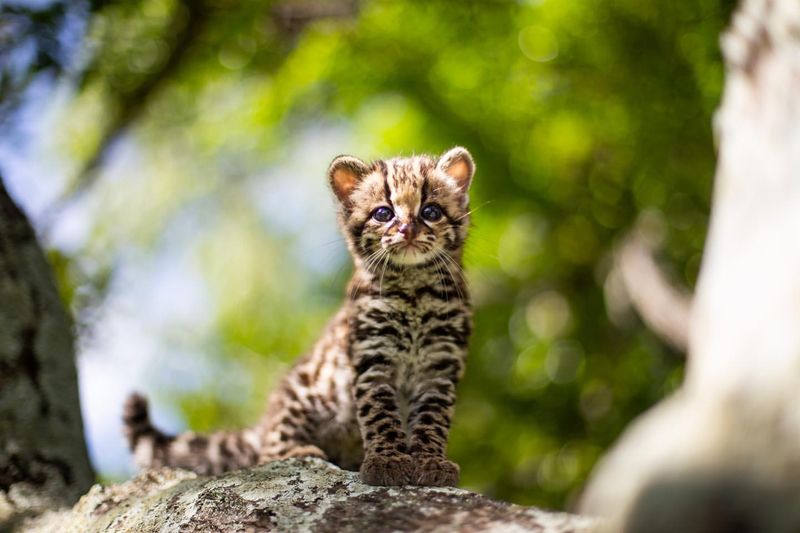
The margay, a nocturnal acrobat, reigns supreme in the dense canopy of the Amazon rainforest. With eyes that gleam in the night, this spotted feline glides through the treetops, seldom seen by those who wander below.
Its unique ability to rotate its ankles allows it to climb down trees headfirst, a feat few other cats can achieve. The margay’s agility and arboreal lifestyle make it a phantom of the jungle.
Feasting primarily on birds and small mammals, the margay’s survival is intricately linked to the health of its forest realm. As deforestation threatens its habitat, the margay embodies the urgent need for conservation in one of Earth’s most vibrant ecosystems.
4. Caracal
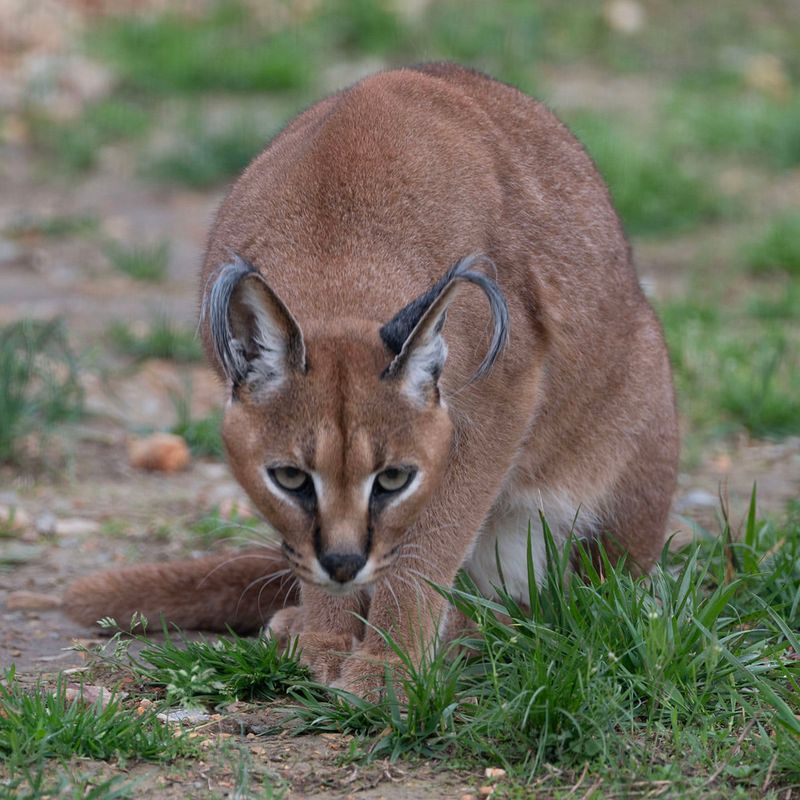
The caracal, with its striking tufted ears, is a master of stealth. Found across Africa and parts of Asia, this medium-sized feline is known for its agility and strength, enabling it to take down prey much larger than itself.
Caracals are solitary hunters, relying on their acute senses to track down birds and small mammals. Their remarkable jumping ability allows them to snatch birds mid-flight, a testament to their incredible adaptability.
Due to their elusive nature, caracals are rarely seen, often blending seamlessly into their environment. Their preference for nocturnal activities aids in avoiding detection from both predators and humans.
5. Andean Mountain Cat
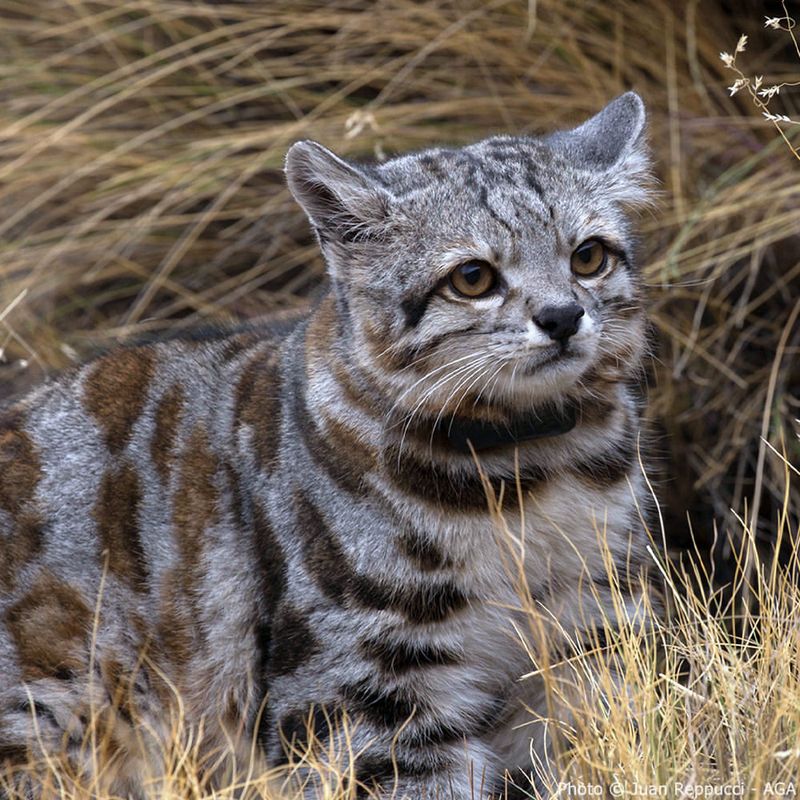
Dwelling in the remote highlands of the Andes, the Andean mountain cat is as rare as it is beautiful. Its thick, silver-gray fur and bushy tail provide insulation against the cold, high-altitude environment.
With a preference for rocky and barren landscapes, this cat is a master of camouflage, blending seamlessly into its rugged surroundings. Its scarcity makes it one of the least known wild cat species in the world.
Preying primarily on mountain viscachas, the Andean mountain cat’s survival is precariously balanced against the harshness of its habitat. Efforts to study and conserve this elusive species are ongoing, as each glimpse offers a rare insight into its secluded life.
6. Flat-Headed Cat
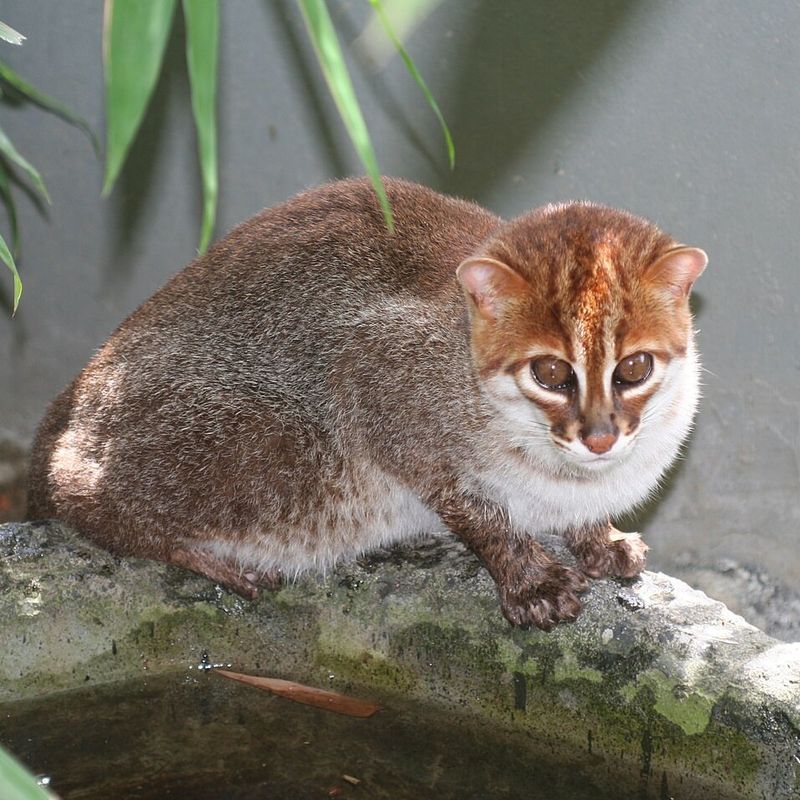
With a penchant for water, the flat-headed cat is a rare piscatorial predator found in the lowland forests of Southeast Asia. Its sleek body and unique flat head are adaptations for its semi-aquatic lifestyle.
Primarily nocturnal, this cat’s elusive habits and preference for remote wetlands render it almost invisible to human eyes. Its diet consists largely of fish and small aquatic animals, making it a specialist in its niche.
Habitat loss and pollution threaten the flat-headed cat’s survival, making conservation efforts critical. Protecting the wetlands it calls home is vital to ensuring this enigmatic cat continues to glide through the shadows of its watery world.
7. Pallas’s Cat
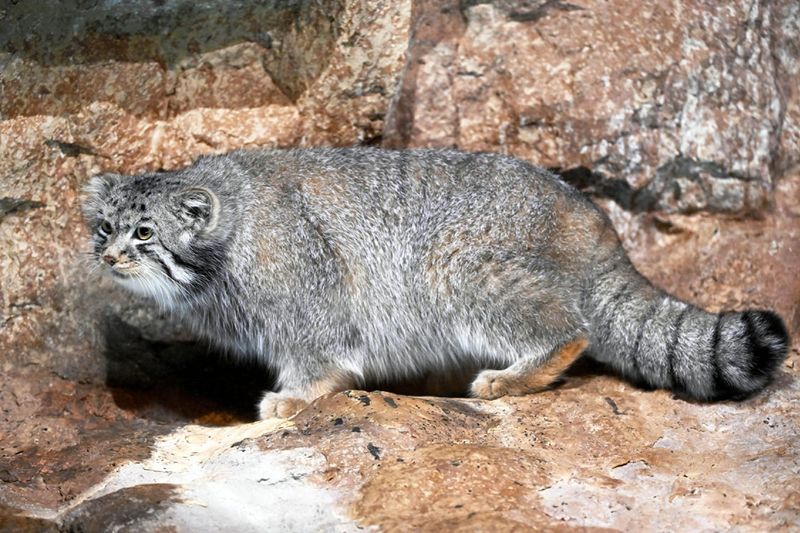
With its round face and dense fur, Pallas’s cat exudes an almost comical allure, yet remains one of the most elusive cats on the planet. Endemic to the vast steppes of Central Asia, its habitat is as harsh as it is expansive.
This solitary feline’s thick coat is perfectly adapted to ward off the biting cold, while its low, stalking gait minimizes its visibility amidst the sparse vegetation.
Hunting primarily for pikas and small rodents, Pallas’s cat is a master of survival in an unforgiving environment. Conservationists strive to mitigate threats from habitat degradation, ensuring these charming cats continue to thrive in their windswept wilderness.
8. Jungle Cat
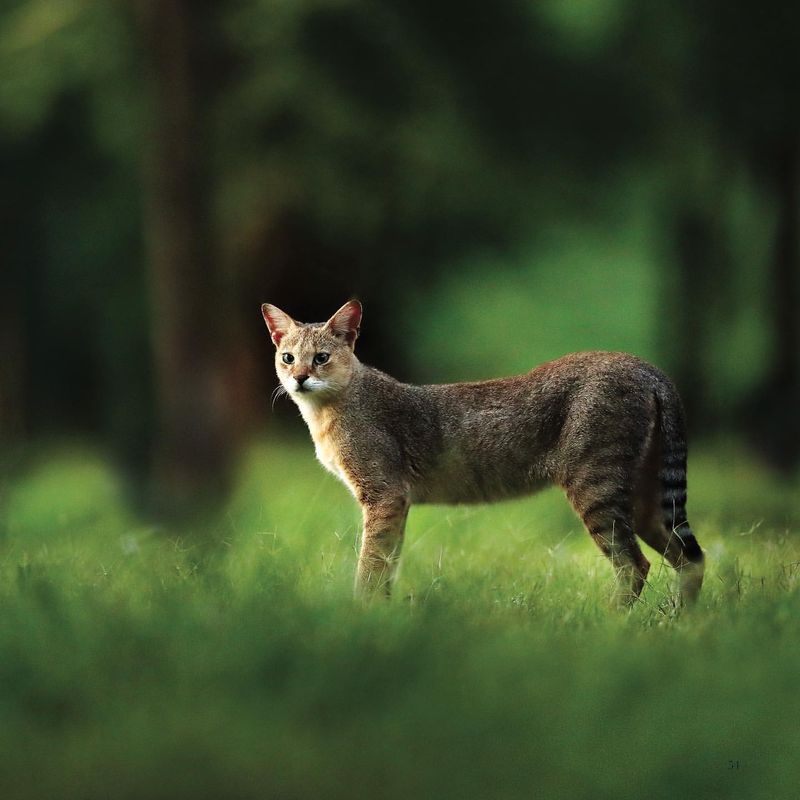
The jungle cat, with its tawny coat and tufted ears, is a true specter of the wetlands and scrublands of South Asia. Larger than a domestic cat, it moves with a grace that belies its size, often unseen amidst the tall grasses.
Its adaptability is key to its survival, allowing it to thrive in diverse habitats such as marshes, swamps, and agricultural fields. This versatility, however, does not make it any less elusive.
Preying on rodents and birds, the jungle cat is a vital part of the ecosystem. Conservationists focus on protecting these habitats to ensure this stealthy hunter remains a fixture in the landscape it so deftly navigates.
9. Black-Footed Cat
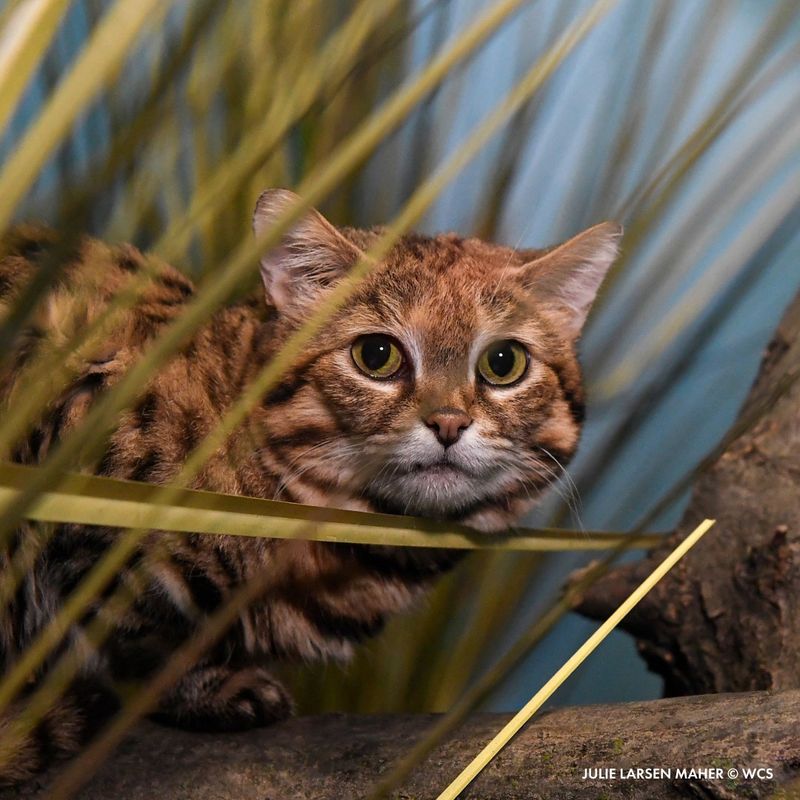
One of the smallest wild cats in the world, the black-footed cat is a diminutive dynamo of the African savanna. With a coat patterned in tawny and black, it blends seamlessly into the arid landscape under the moon’s glow.
Despite its size, this cat is known for its ferocity, capable of taking down prey much larger than itself. Its elusive nature and nocturnal habits make it a rare sight for those traversing its arid domain.
Conservationists are drawn to this cat’s plight, as habitat fragmentation and human encroachment threaten its survival. Ensuring the continuity of these tiny hunters is vital to maintaining the ecological balance of their savanna home.
10. Fishing Cat
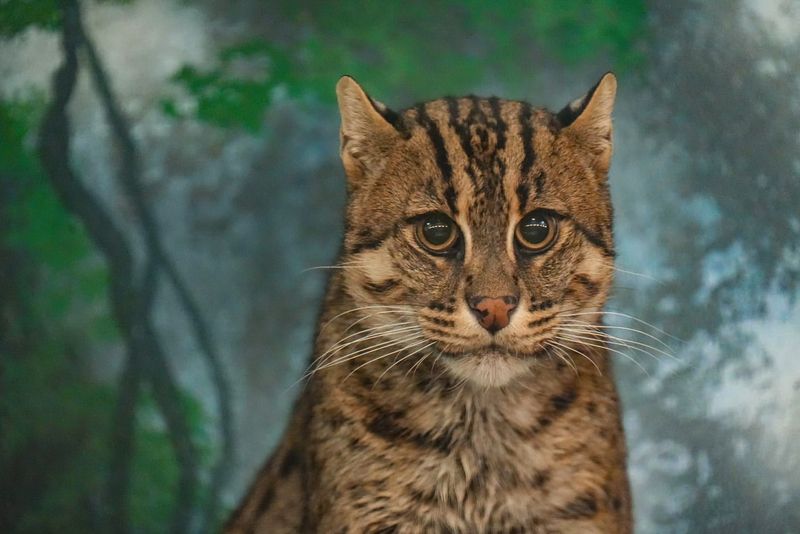
Master of the mangroves, the fishing cat is a semi-aquatic marvel of South and Southeast Asia. With webbed feet and a streamlined body, it is perfectly adapted to its watery environment.
This cat’s reputation as an adept swimmer and hunter is well-deserved, often seen wading through water in pursuit of fish and small crustaceans. Yet, despite this skill, its elusive nature makes it a challenging subject for wildlife enthusiasts.
Conservation efforts focus on preserving the delicate mangrove ecosystems that this cat relies on. As these habitats face increasing threats, protecting the fishing cat’s home is crucial to its continued existence in the wild.


